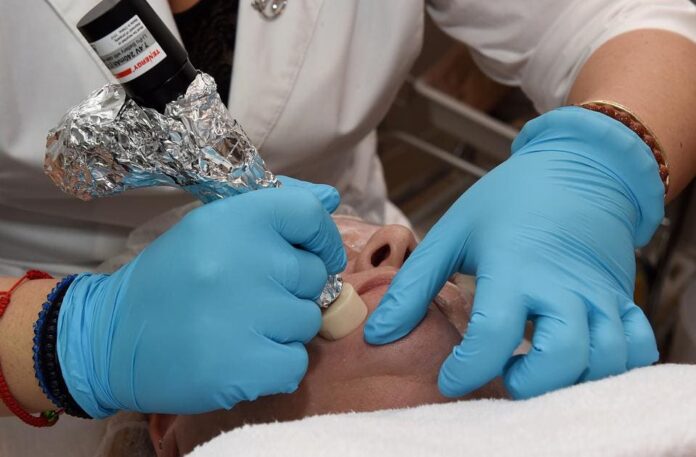CDC Identifies First Documented Cases of HIV Transmitted Through Cosmetic Needles
The Centers for Disease Control and Prevention (CDC) has recently identified the first documented cases of people contracting HIV through cosmetic procedures involving needles. Three women who underwent “vampire facial” procedures at an unlicensed medical spa in New Mexico were diagnosed with HIV, marking a significant development in understanding the risks associated with cosmetic treatments.
The Investigation and Findings
According to the CDC’s Morbidity and Mortality Report, an investigation into the clinic from 2018 to 2023 revealed that the spa had apparently reused disposable equipment intended for one-time use. While the transmission of HIV through contaminated blood via unsterile injection is a well-known risk, this is the first documented evidence of probable infections occurring through cosmetic services. The cosmetic industry offers a range of popular treatments that utilize needles, such as Botox injections for wrinkle reduction and fillers for lip augmentation. The “vampire facial,” also known as platelet-rich plasma microneedling, involves drawing a client’s own blood, separating its components, and using tiny needles to inject plasma into the face for skin rejuvenation. Even tattooing requires the use of needles.
The New Mexico Case
The investigation began in the summer of 2018 when the New Mexico Department of Health received a report of a woman in her 40s testing positive for HIV despite having no known risk factors. The woman disclosed exposure to needles through the vampire facial procedure at the clinic earlier that spring. As a result, the spa was closed in the fall of 2018, and its owner faced prosecution for practicing medicine without a license.
The Importance of Infection Control Practices
This case highlights the critical need for infection control practices in businesses that offer cosmetic procedures involving needles. The CDC report emphasizes the importance of proper handling and disposal of equipment, especially when it comes to procedures that involve blood or bodily fluids. Reusing disposable equipment intended for single-use poses a significant risk of transmitting bloodborne infections, including HIV. Additionally, the investigation was hindered by poor record-keeping practices, making it challenging to trace and notify potential clients who may have been exposed to the virus. The report recommends that businesses providing cosmetic services involving needles maintain accurate and comprehensive records to facilitate future contact with clients if necessary.
Conclusion
The identification of the first documented cases of HIV transmission through cosmetic needles serves as a wake-up call for the cosmetic industry. It highlights the importance of strict infection control practices and proper handling of equipment to prevent the spread of bloodborne infections. Businesses offering cosmetic procedures involving needles must prioritize the safety and well-being of their clients by adhering to established guidelines and regulations. Furthermore, this case underscores the significance of maintaining detailed records to aid in the investigation and contact tracing process. By keeping accurate records, businesses can promptly notify clients if any potential risks or incidents arise, ensuring the necessary steps are taken to protect public health. As the cosmetic industry continues to evolve and expand, it is crucial for all stakeholders, including regulatory bodies, businesses, and clients, to prioritize safety and infection control. By doing so, we can minimize the risks associated with cosmetic procedures and ensure the well-being of those seeking these treatments.

